Want to know more about the Best Forestry Schools In the US and make an informed decision? Here is a good place to start.
Are you a tree-hugger at heart? Do you find yourself getting lost in the woods more often than not? Then it might be time to take your love of nature to the next level and pursue a degree in forestry.
But with hundreds of schools offering programs in this field, how do you know which ones are worth your time and sap? Fear not, dear reader, for we have compiled a list of the best forestry schools in the US.
From planting to pruning, these schools will teach you everything you need to know to become a top-notch arborist. So pack your backpack, and let’s take a walk through the forest of higher education!
Please note that schools are selected based on our criteria (at the end of the article), ranked by the latest acceptance rate.
Table of Contents
#25. University of Kentucky
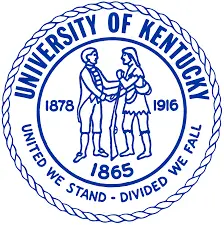

- Acceptance rate: 96%
- Average entry score: 1070-1320 SAT or 21-28 ACT
- Student-to-faculty ratio: 16 to 1
- Estimated cost of attendance (tuition and fees): $24,453-$45,530
- Average earning potential for graduates: $33,800 (College Simply)
The undergraduate forestry program at the University of Kentucky is a four-year program with a curriculum that prepares students for professional careers in forestry and related fields.
It offers an extensive range of courses, including forest management, wood science, wildlife ecology and natural resources policy.
The school also has an active research program that provides students with hands-on learning opportunities.
Therefore, students can gain practical experience by participating in research projects and internships with local industries. The school’s forestry program is accredited by the Society of American Foresters.
#24. University of Maine


- Acceptance rate: 94%
- Average entry score: 1070-1280 SAT or 22-30 ACT
- Student-to-faculty ratio: 16 to 1
- Estimated cost of attendance (tuition and fees): $26,760-$48,360
- Average earning potential for graduates: $42,908(College Factual)
Forestry students at the University of Maine may graduate with an associate of science, bachelor of science, or master of science degree in forestry. All these programs provide in-depth knowledge of the field but different levels of specialization.
The bachelor’s program is an undergraduate degree that can be completed in four years, while the master’s program is designed for students who already have a bachelor’s degree and want to specialize in forestry-related fields.
The associate’s degree can be earned in two years, and it is the most basic level of education in the field. Therefore students leave with a solid foundation in the field and are prepared to pursue more-advanced degrees if they choose.
#23. University of Montana
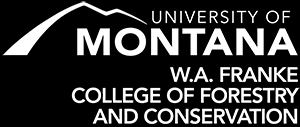
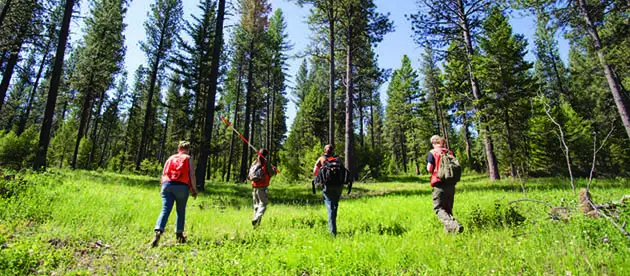
- Acceptance rate: 94%
- Average entry score: 1161-1600 SAT
- Student-to-faculty ratio: 16 to 1
- Estimated cost of attendance (tuition and fees): $23,022-$43,782
- Average earning potential for graduates: $35,700 (College Simply)
Montana forestry programs blend a rigorous academic curriculum with hands-on learning opportunities. It offers students the chance to explore the many facets of forestry.
Students have the opportunity to gain experience in a wide range of areas, from forest management to wildlife conservation.
This gives students a chance to find their passion in forestry and jumpstart their careers. The University of Montana’s forestry education gives students the knowledge, skills and experience they need to enter various careers.
#22. Utah State University
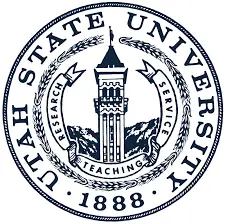
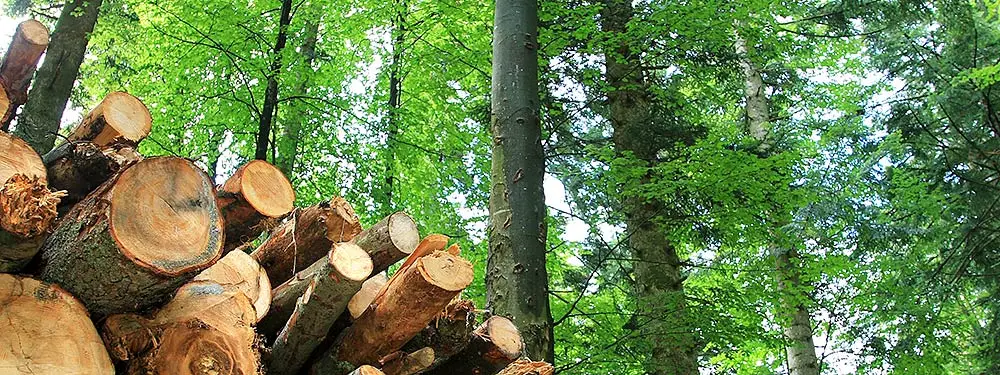
- Acceptance rate: 91%
- Average entry score: 1080-1300 SAT or 21-29 ACT
- Student-to-faculty ratio: 19 to 1
- Estimated cost of attendance (tuition and fees): $22,384-$38,192
- Average earning potential for graduates: $37,779 (College Factual)
USU boasts the only SAF-accredited forestry degree in the state of Utah. The program is designed for students who want to specialize in forestry, but it also provides a solid foundation for those who wish to pursue careers outside of the field.
Students find the program very engaging and have cited the instructors as being “extremely knowledgeable” and “passionate about their subject matter.”
They also enjoy the hands-on nature of the program. This adds to the overall experience and helps students develop the skills they need in their future careers.
Similar articles like this:
- 25 Best Immunology Schools In The US
- 25 Best Microbiology Schools In The US
- 25 Best Education Schools In The US
#21. University of Nevada, Reno

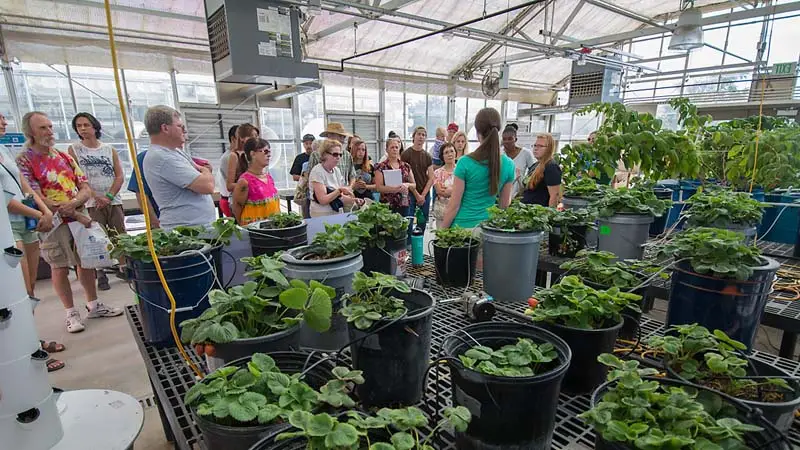
- Acceptance rate: 87%
- Average entry score: 1060-1270 SAT or 20-26 ACT
- Student-to-faculty ratio: 17 to 1
- Estimated cost of attendance (tuition and fees): $26,796-$42,888
- Average earning potential for graduates: $33,598 (College Factual)
The University of Nevada creates a close-knit community that values diversity and inclusion. Students can find a home in one of the many residence halls or on-campus apartments.
The forestry faculty presents students with real-world challenges and problem-solving opportunities. The program also offers an extensive selection of field trips for students to explore the forests, mountains and deserts of Nevada.
Forestry graduates find employment in the forest products industry, environmental consulting services and the federal government. They possess a unique skill set that allows them to take on a variety of roles in the workplace.
#20. Auburn University


- Acceptance rate: 85%
- Average entry score: 1170-1350 SAT or 24-30 ACT
- Student-to-faculty ratio: 29 to 1
- Estimated cost of attendance (tuition and fees): $32,678-$52,838
- Average earning potential for graduates: $49,331 (College Factual)
Auburn University’s College of Forestry, Wildlife and Environment offers 7 forestry-related majors to give students the opportunity to develop a solid foundation in the field of forestry.
All of Auburn’s forestry-related programs are accredited by the Society of American Foresters (SAF), which strongly indicates that you’ll receive a quality education at this university.
Graduates from Auburn have gone on to become successful foresters, forest rangers and botanists. This university has a long history of providing students with the tools they need to succeed in the field of forestry.
#19. Washington State University


- Acceptance rate: 83%
- Average entry score: 1020-1240 SAT or 18-25 ACT
- Student-to-faculty ratio: 15 to 1
- Estimated cost of attendance (tuition and fees): $28,669-$43,985
- Average earning potential for graduates: $34,700 (Grad Reports)
While extension forestry workshops at WSU have become a popular choice for students interested in forestry, the school also offers a forestry major that is geared towards preparing students for the workforce.
The degree program is backed by a strong academic foundation and an extensive network of professional foresters that can provide students with real-world experience. This way, students can get a good grasp of the field while they are still in school and be ready to begin their careers when they graduate.
#18. University of Nebraska, Lincoln

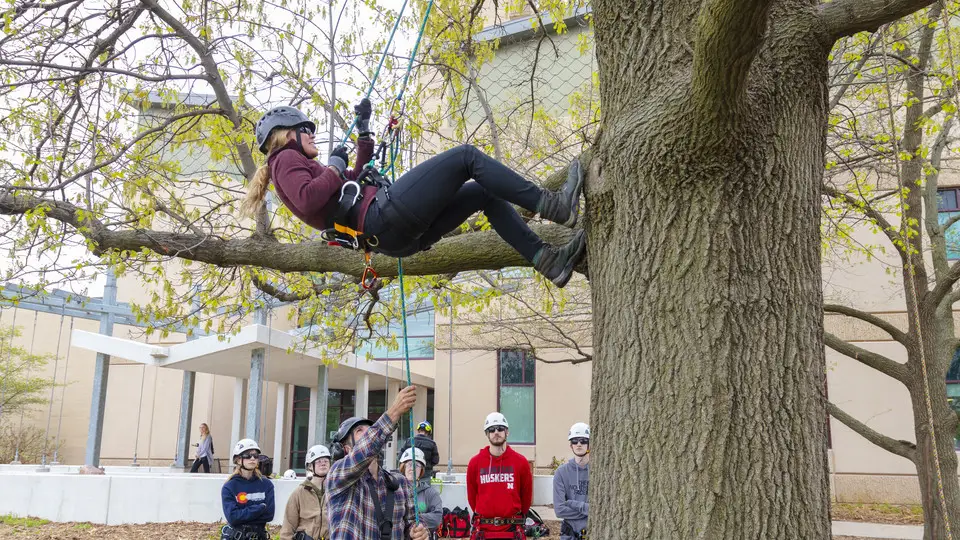
- Acceptance rate: 79%
- Average entry score: 1240 SAT or 24 ACT
- Student-to-faculty ratio: 16 to 1
- Estimated cost of attendance (tuition and fees): $26,252-43,382
- Average earning potential for graduates: $35,191 (Glassdoor)
The University of Nebraska is known for its regional and community forestry degree for undergraduates. RCF aims to produce foresters with a strong understanding of the social and policy issues that affect forests.
As a new program, the University of Nebraska has a limited number of forestry graduates. However, the school is actively expanding its regional and community forestry program to meet the growing need for foresters in Nebraska and surrounding states.
Similar articles like this:
- 25 Best Material Science Schools In The US
- 25 Best Schools For Math In The US
- 25 Best Medical Schools In The US
#17. University of Tennessee, Knoxville
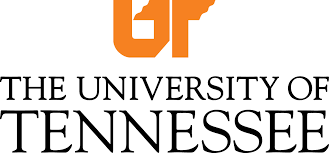
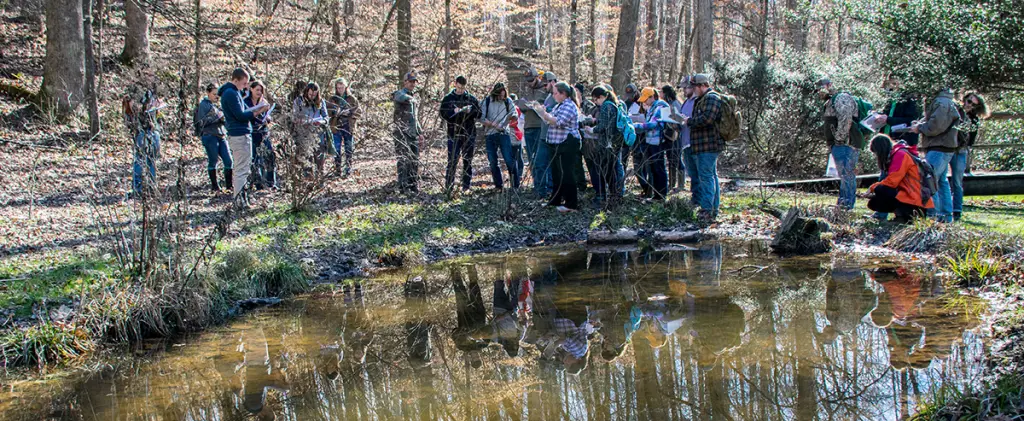
- Acceptance rate: 78%
- Average entry score: 25-31 ACT
- Student-to-faculty ratio: 17 to 1
- Estimated cost of attendance (tuition and fees): $32,658-$50,848
- Average earning potential for graduates: $27,822 (College Factual)
The University of Tennessee’s School of Natural Resources takes a distinctly interdisciplinary approach to the study of forestry. This school offers students degree programs in fisheries, wildlife, forestry, natural grasslands, urban forestry, and wood science.
The University of Tennessee’s vast landscape provides students with a unique opportunity to study forestry in its natural environment. The school’s location in Knoxville, Tennessee, also offers easy access to nearby forests and woodlands that can be used for field research.
#16. Michigan State University

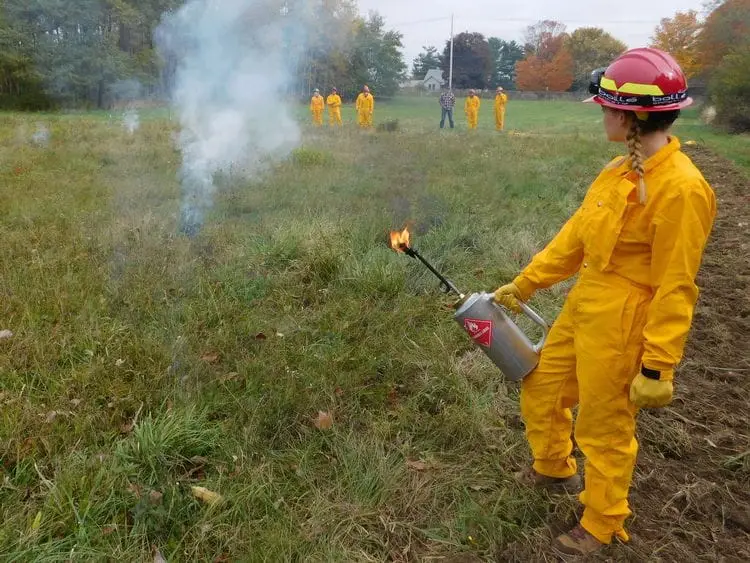
- Acceptance rate: 76%
- Average entry score: 1109-1320 SAT or 23-29 ACT
- Student-to-faculty ratio: 16 to 1
- Estimated cost of attendance (tuition and fees): $29,184-$54,490
- Average earning potential for graduates: $34,078 (College Factual)
MSU’s Department of Forestry offers forestry degree programs at both undergraduate and graduate levels. This program integrates forestry, biology and other natural sciences with business and management courses to give students a broad perspective on the forest industry.
Forestry education at MSU is designed to give students a wide range of knowledge and skills that will allow them to pursue careers in both the forest products industry and other sectors.
These fields include environmental science, natural resource management, urban forestry, recreation management and more.
#15. University of Idaho
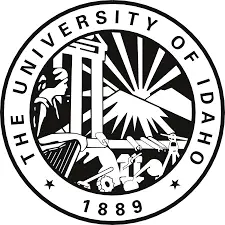
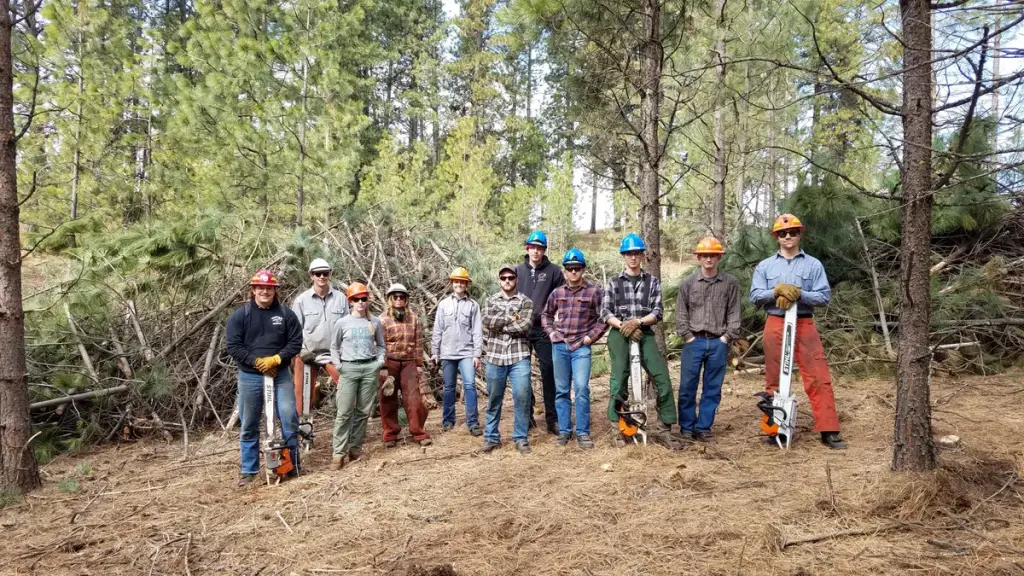
- Acceptance rate: 74%
- Average entry score: 1116-1600 SAT or 20-28 ACT
- Student-to-faculty ratio: 16 to 1
- Estimated cost of attendance (tuition and fees): $22,264-$41,500
- Average earning potential for graduates: $32,400 (College Simply)
The University of Idaho complements classroom instruction with hands-on training in the field. This school’s forestry program includes courses in fire science, wildlife management, watershed analysis and restoration, forest ecology and silviculture.
The curriculum focuses on teaching students how to manage forests while maintaining their ecological integrity. In addition to experienced faculty, the school has an extensive network of professional foresters who can provide students with valuable insight into the field.
Therefore, the University of Idaho is a great choice for students who want to gain a comprehensive understanding of the forestry field.
#14. Pennsylvania State University

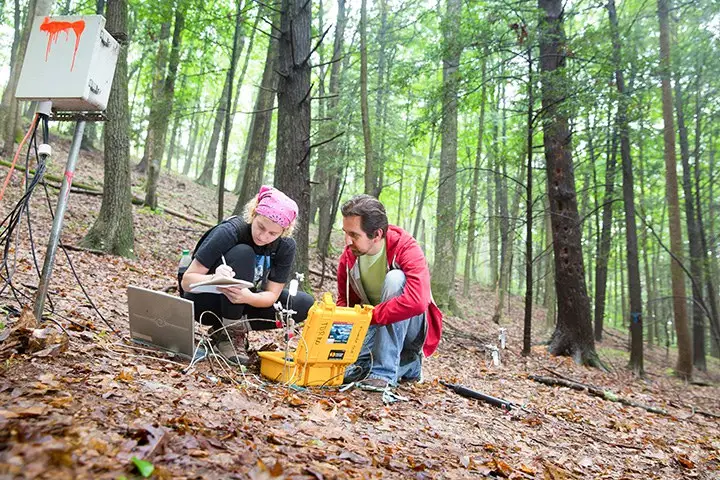
- Acceptance rate: 74%
- Average entry score: 1200-1400 SAT or 26-32 ACT
- Student-to-faculty ratio: 14 to 1
- Estimated cost of attendance (tuition and fees): $36,484-$54,062
- Average earning potential for graduates: $42,363 (Campus Reel)
With more than 100 years of forestry education, Penn State has a long history of teaching students the important principles and science behind forestry. Through the College of Agricultural Sciences, students can receive a Bachelor of Science degree in forestry.
This program can be completed in four years on a full-time basis or five years as part-time students. On graduation, students are equipped with the knowledge and skills to work in a variety of fields, including:
- Environmental science
- Natural resource management
- Urban forestry
Penn State University is an outstanding institution with a strong commitment to forestry education. The university has all the resources you need to pursue your passion for forestry.
Similar articles like this:
- 25 Best Multidisciplinary Schools In The US
- 25 Best Gerontology Schools In The US
- 25 Best Nursing Schools In The US
#13. University of Vermont
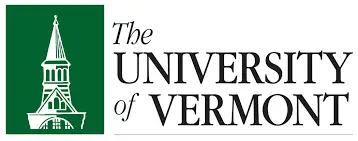
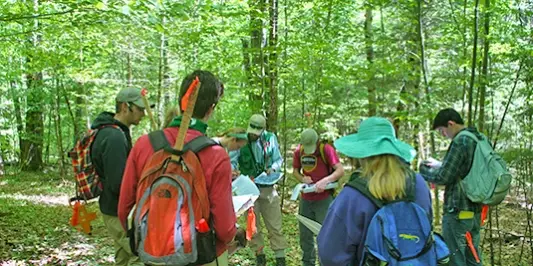
- Acceptance rate: 71%
- Average entry score: 1240-1410 SAT or 29-33 ACT
- Student-to-faculty ratio: 18 to 1
- Estimated cost of attendance (tuition and fees): $35,998-$61,442
- Average earning potential for graduates: $27,410 (Grad Reports)
The Rubenstein School at the University of Vermont takes center stage in the field of forestry education, offering a diverse range of degree programs.
Students can earn an undergraduate degree in forest sciences or environmental studies with a concentration in forestry.
The school prepares the next generation of foresters for the real world of forestry and conservation. It offers hands-on learning opportunities through its field laboratories and research centers.
Graduates of the program can work in a variety of fields, including forest management and conservation, renewable forestry and bioenergy production.
#12. University of Minnesota, Twin Cities


- Acceptance rate: 70%
- Average entry score: 1330-1500 SAT or 27-32 ACT
- Student-to-faculty ratio: 17 to 1
- Estimated cost of attendance (tuition and fees): $23,110-$52,088
- Average earning potential for graduates: $39,187 (College Factual)
At the University of Minnesota, Twin Cities, you can pursue a SAF-accredited forestry major in the Department of Forest Resources. As a student in this program, you will learn how to manage forests for timber production and wildlife habitat.
You can also gain skills in forest ecology and genetics, forest management planning techniques and forest finance. This university also gives you the chance to pursue graduate degrees in natural resources science and management.
At the end of your studies, you can apply for jobs in the public and private sectors. You’ll also be able to find work in consulting services and international development organizations.
#11. Purdue University–West Lafayette
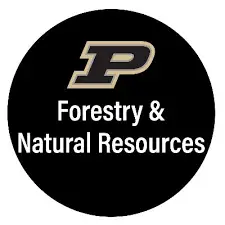
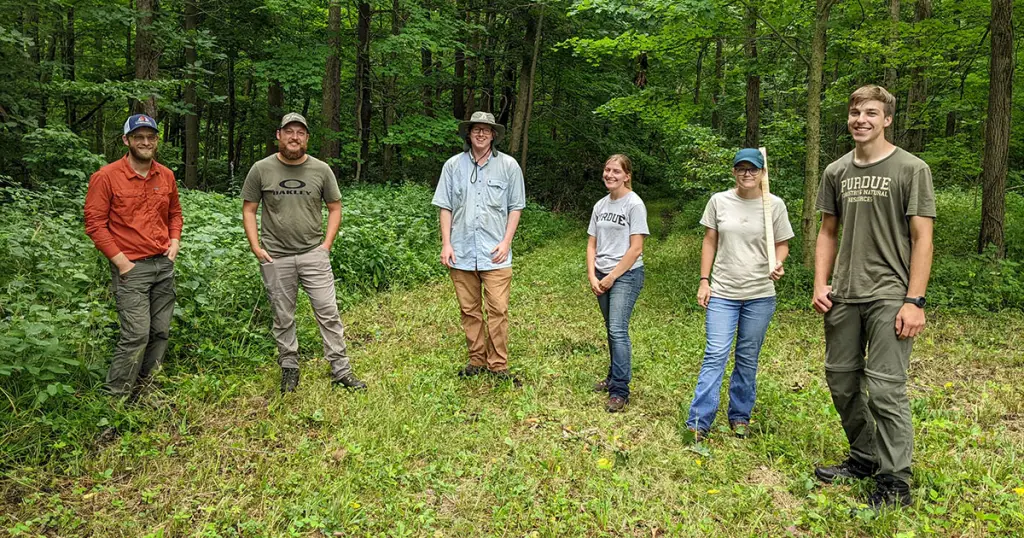
- Acceptance rate: 67%
- Average entry score: 1267 SAT
- Student-to-faculty ratio: 14 to 1
- Estimated cost of attendance (tuition and fees): $24,390-$50,000
- Average earning potential for graduates: $32,116 (Purdue University)
Purdue University, through the Department of Forestry and Natural Resources, prepares students to enter the field of forestry in a variety of ways. The department offers undergraduate, graduate and doctoral degrees.
Coupled with expert teachers and researchers, students have the opportunity to learn from one of the top forestry schools in the country. The department also offers undergraduate research opportunities and internships so that students can gain valuable experience before entering the job market.
Graduates go on to become foresters, forest consultants, land planners and researchers at agencies such as the U.S. Department of Agriculture Forest Service and Bureau of Land Management. They possess a wealth of knowledge about the environment, forest management and land use planning.
#10. Texas A&M University
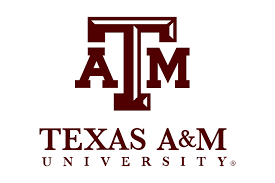
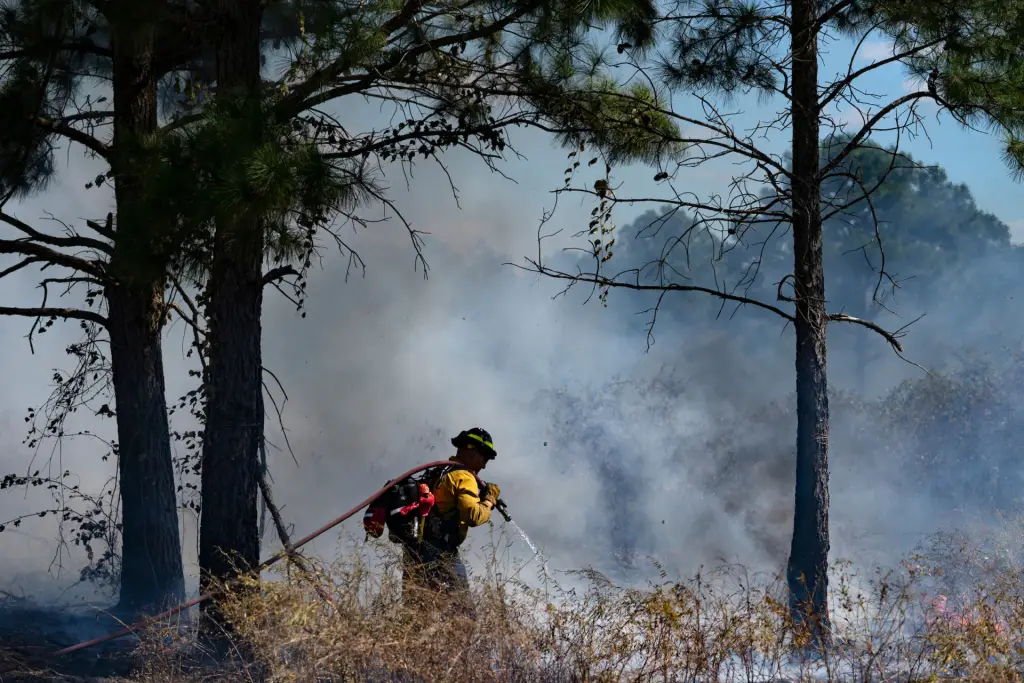
- Acceptance rate: 63%
- Average entry score: 1160-1390 SAT or 25-31 ACT
- Student-to-faculty ratio: 21 to 1
- Estimated cost of attendance (tuition and fees): $30,608-$58,976
- Average earning potential for graduates: $35,060 (Grad Reports)
With one of the most comprehensive forestry programs in the country, Texas A&M University is an excellent choice for students who want to pursue a career in this field.
The College of Agriculture and Life Sciences brings together a wealth of resources and expertise to offer students a wide-ranging curriculum covering all forestry aspects.
The program is based on the premise that future foresters should have a broad knowledge base in order to make informed decisions about forest management practices.
Students will be able to assess and manage forest ecosystems, develop management plans, and provide technical assistance related to forest resources.
Similar articles like this:
- 25 Best Schools For Neuroscience In The US
- 25 Best Pharmaceutical Sciences Schools In The US
- 25 Best Astronomy Schools In The US
#9. Clemson University
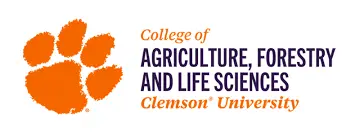
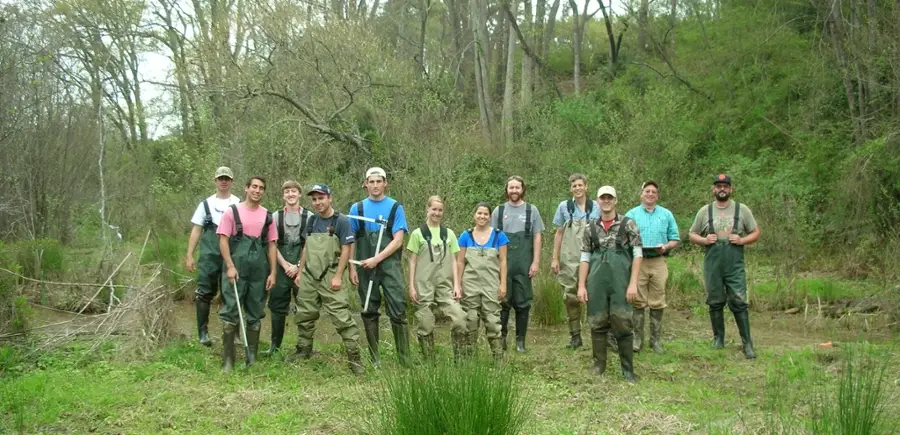
- Acceptance rate: 62%
- Average entry score: 1230-1400 SAT or 27-32 ACT
- Student-to-faculty ratio: 18 to 1
- Estimated cost of attendance (tuition and fees): $34,096-$57,088
- Average earning potential for graduates: $43,121 (College Factual)
Clemson University has a well-deserved reputation for high-quality academic programs and a commitment to student success. Its forestry program is one of the oldest in the country, providing students with a solid foundation in both forest science and management.
The program is designed to prepare graduates for careers as professionals in fields related to forest management, conservation biology, rangeland ecology, urban forestry and silviculture.
At Clemson, students can choose from a bachelor of science degree in environmental and natural resources, forest resource management, or wildlife and fisheries biology.
All these programs are taught by experienced faculty who have a passion for teaching and mentoring students.
#8. University of Illinois at Urbana-Champaign


- Acceptance rate: 61%
- Average entry score: 1210-1470 SAT or 27-33 ACT
- Student-to-faculty ratio: 21 to 1
- Estimated cost of attendance (tuition and fees): $33,060-$50,510
- Average earning potential for graduates: $25,580 (Grad Reports)
UIUC’s forestry programs provide a unique opportunity for students to study in a world-class environment. With an experienced faculty and an extensive network of alumni, UIUC’s forestry programs offer students a chance to learn from some of the most qualified experts in their field.
Forestry graduates from UIUC have gone on to work for companies ranging from forest product manufacturers to environmental consulting firms. The university’s forestry programs are accredited by the Society of American Foresters (SAF).
This professional accreditation organization ensures graduates receive a quality education in the field of forestry.
#7. Virginia Tech
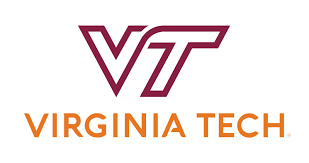
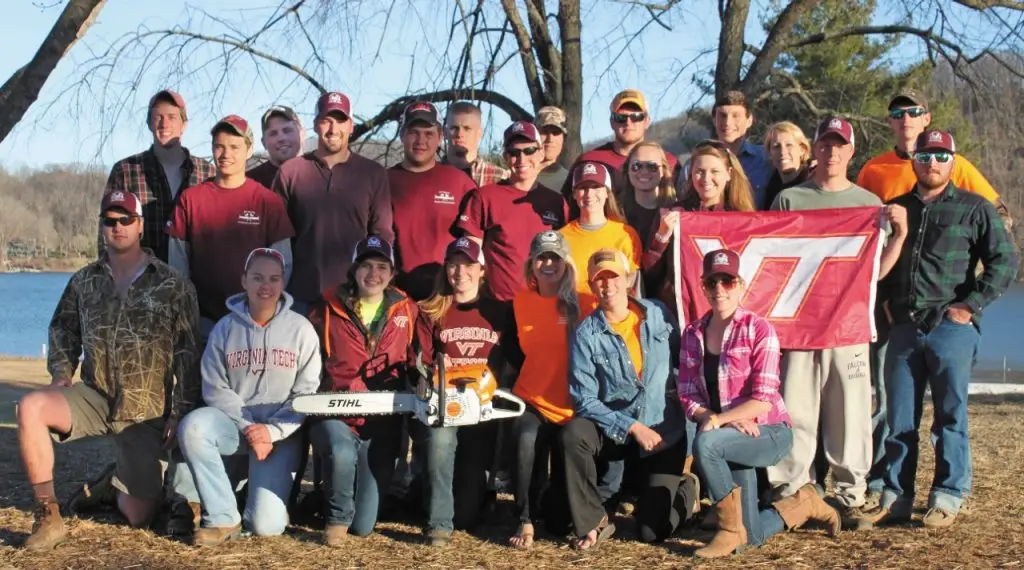
- Acceptance rate: 57%
- Average entry score: 1210-1410 SAT or 26-32 ACT
- Student-to-faculty ratio: 13 to 1
- Estimated cost of attendance (tuition and fees): $32,274
- Average earning potential for graduates: $38,479 (College Factual)
Forestry majors at Virginia Tech benefit from a wide range of opportunities, from undergraduate research to graduate opportunities. You can study with other forestry students in the Forestry Club or attend field trips and conferences for hands-on learning experiences.
This school’s forestry program combines theoretical and practical knowledge in an interdisciplinary approach. You will be well-equipped to enter the workforce after graduation.
The core areas of study include geospatial analysis, forest science, and environmental economics, among others, to help students understand the diversity of issues in forestry.
#6. University of Wisconsin–Madison

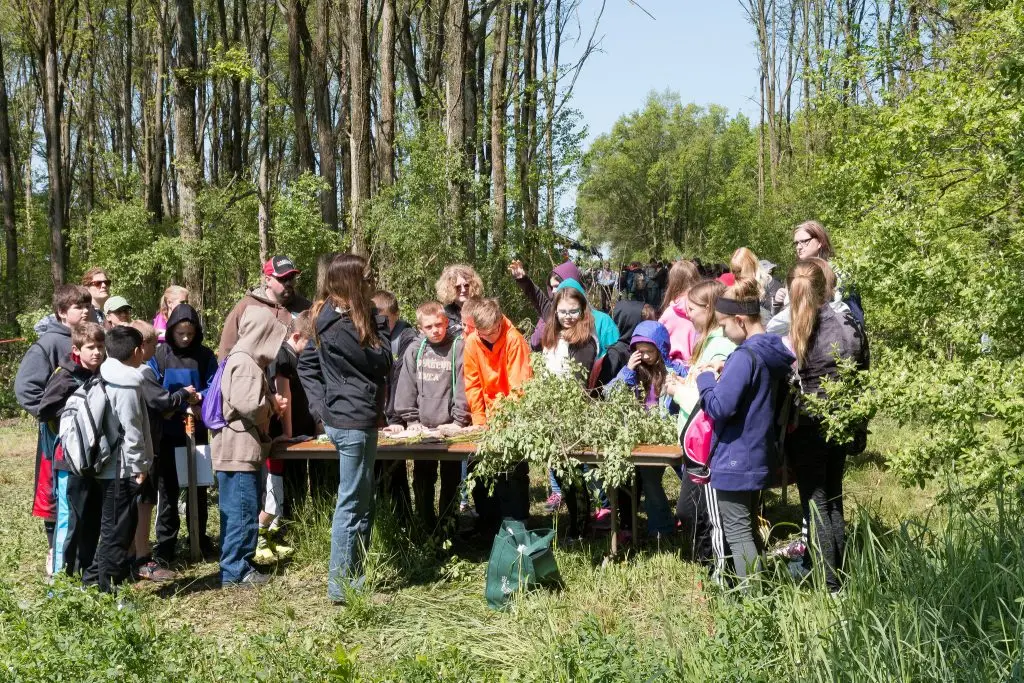
- Acceptance rate: 51%
- Average entry score: 1300-1480 SAT or 28-32 ACT
- Student-to-faculty ratio: 18 to 1
- Estimated cost of attendance (tuition and fees): $27,484-$55,372
- Average earning potential for graduates: $39,370 (Grad Reports)
Forestry students at UW-Madison are offered the opportunity to study a wide variety of topics in forestry, including silviculture, economics, forest pathology and ecology. Students will gain practical experience through field studies in local forests and national parks.
This university has a reputation for being one of the best forestry schools in the country and is consistently ranked as one of the top public universities in the United States. The university offers a broad range of undergraduate, graduate, and doctoral degree programs in Forestry.
What is it like to study at the University of Wisconsin–Madison?
Similar articles like this:
- 25 Best Physics Schools In The US
- 25 Best Psychology Schools In The US
- 25 Best Sociology Schools In The US
#5. North Carolina State University

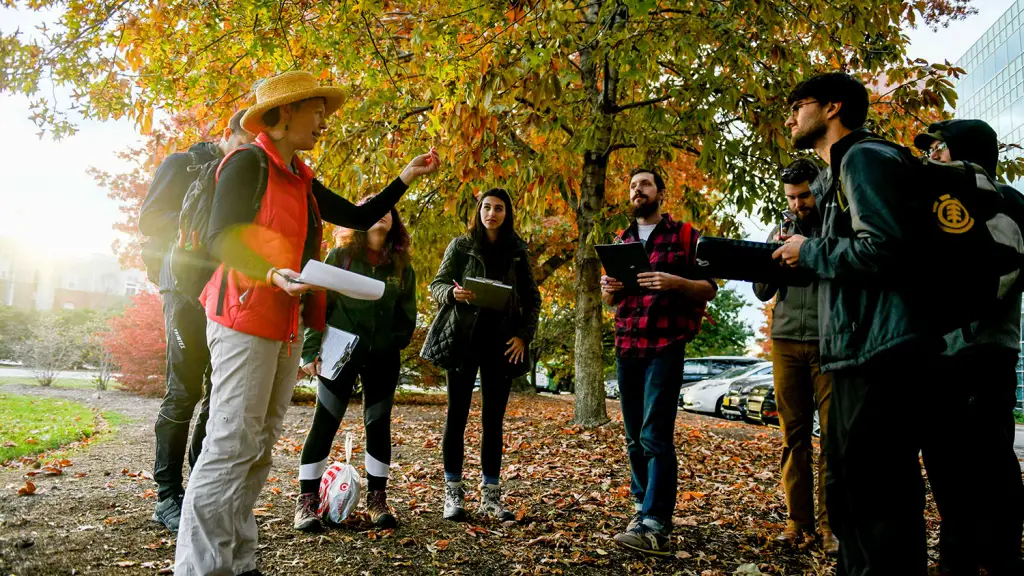
- Acceptance rate: 46%
- Average entry score: 1250-1420 SAT or 27-32 ACT
- Student-to-faculty ratio: 15 to 1
- Estimated cost of attendance (tuition and fees): $24,986-$45,771
- Average earning potential for graduates: $54,960 (College Factual)
This institution offers a bachelor of science degree in forestry. The program prepares students for professional careers as foresters, forest managers, consultants or educators. It is designed to develop competencies in the areas of forest management and ecology.
Small class sizes, a diverse student population, and an emphasis on experiential learning are some of the features that make this program unique.
Future graduates will have the skills, knowledge and experience to work in a variety of fields including urban forestry, sustainable forest management and natural resource conservation.
What is it like to study at North Carolina State University?
#4. University of California, Davis


- Acceptance rate: 46%
- Average entry score: 1160-1400 SAT
- Student-to-faculty ratio: 21 to 1
- Estimated cost of attendance (tuition and fees): $37,122-$66,876
- Average earning potential for graduates: $37,570 (Grad Reports)
The forestry major at UC Davis incorporates environmental horticultural studies with urban forestry principles to prepare students to be leaders in the field of urban forestry and conservation.
This well-rounded curriculum provides students with a strong foundation in the science, management, and policy aspects of forestry.
Through hands-on experience, students will learn how to manage forest ecosystems that are capable of supporting human life while maintaining biodiversity. Students leave UC Davis with a strong sense of responsibility as they begin careers working in the urban forestry and conservation fields.
What is it like to study at UC Davis?
#3. University of Georgia

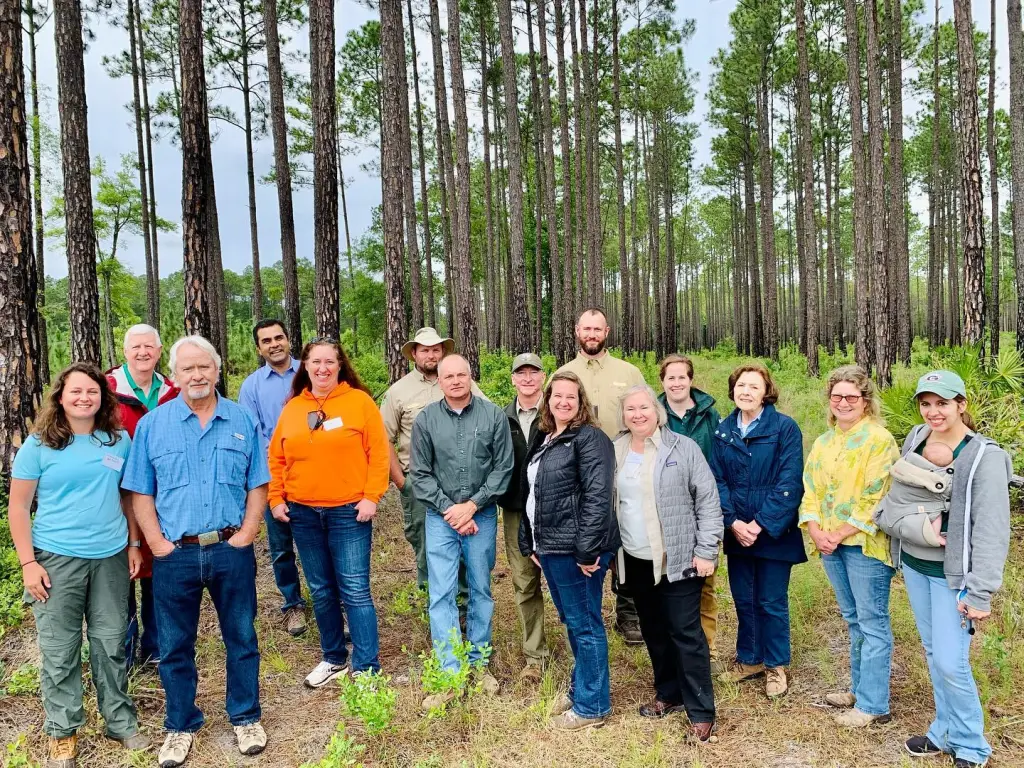
- Acceptance rate: 43%
- Average entry score: 1270-1450 SAT or 29-33 ACT
- Student-to-faculty ratio: 17 to 1
- Estimated cost of attendance (tuition and fees): $27,958-$46,998
- Average earning potential for graduates: $43,126 (UGA)
The Warnell School of Forestry equips graduates with the knowledge and skills necessary to succeed in the forestry industry. From undergraduate degrees to Master’s and Doctorate programs, the school offers an extensive range of forestry-related courses.
The Warnell School of Forestry also provides students with the opportunity to work closely with experts in their field who have years of real-world experience in forestry. This way, students can gain a better understanding of the nuances involved in forestry.
Forestry students also have access to state-of-the-art equipment and facilities, including research labs, classrooms and greenhouses.
What is it like to study at the University of Georgia?
#2. University of Florida


- Acceptance rate: 31%
- Average entry score: 1300-1470 SAT or 29-33 ACT
- Student-to-faculty ratio: 18 to 1
- Estimated cost of attendance (tuition and fees): $21,430-$43,708
- Average earning potential for graduates: $32,521 (College Factual)
UF’s integrated school of forests, fisheries, and geomatics sciences was created to provide students with a comprehensive view of the natural environment. The school offers undergraduate and graduate degrees in forestry.
These programs prepare future forestry professionals to understand and manage the complex relationships between natural resources and human activities. UF’s forestry program has a long tradition of providing students with a broad education in the science and management of forest ecosystems.
Students will gain a deep understanding of forest structure, function, and ecology. They will also learn how to manage forests for biological diversity and sustainability while meeting social needs such as wood products.
What is it like to study at the University of Florida?
#1. University of California, Berkeley

- Acceptance rate: 14.4%
- Average entry score: 1415 SAT
- Student-to-faculty ratio: 17 to 1
- Estimated cost of attendance (tuition and fees): $41,878-$71,632
- Average earning potential for graduates: $46,850 (Grad Reports)
UC Berkeley Rausser College of Natural Sciences now offers an Ecosystem and Forestry Management degree with a focus on forest conservation and ecological restoration. Students who specialize in forestry can expect to learn about the science of forests.
The program centers on forest ecology to address issues such as wildfire risk management, climate change adaptation and carbon sequestration.
Natural Resource Management students will learn how to manage, monitor and protect natural resources on all scales—from individual trees to entire forests.
UC Berkeley also has a Master of Forestry course that is designed to train future scientists, managers, policy-makers and educators in the science of forestry and ecosystem management. Students will gain a broad understanding of key issues in forest science including forest ecology and biogeography.
What is it like to study at UC Berkeley?
Conclusion
If you’re looking to branch out into the field of forestry, these top schools in the US will definitely leaf an impression on you.
With their top-notch programs and experienced faculty, you’ll be able to root yourself in a career that’s both rewarding and environmentally conscious.
Why not take a leaf of faith and enroll in one of these schools today? You might just find that your future is looking greener than ever before!
Selection Criteria
Here is a list of the factors we considered when selecting the best forestry colleges:
Please note that the order in this list might vary by ranking criteria and sources.
- Reputation and ranking of the school: We looked for schools that have a strong reputation and high ranking in the field of forestry.
- Faculty expertise, qualifications, and specialization: We researched the faculty members and their areas of expertise, and qualifications to ensure that the school has professors with relevant expertise and specialization in the areas of forestry that are of interest.
- Curriculum and resources: We evaluated the curriculum to ensure it aligns with students’ interests and career goals and considered the quality of the school’s facilities and resources, such as labs, equipment, and libraries.
- Opportunities for hands-on learning and research: We looked for schools that provide opportunities for hands-on experience through internships, co-op programs, or fieldwork.
- Student support services and alumni network: We considered the availability of support services and the strength of the alumni network in providing mentorship, internships, and job opportunities after graduation.
- Extracurricular activities and diversity: We evaluated the availability of extracurricular activities and clubs that align with students’ interests and considered the school’s diversity and inclusivity.
- Networking and post-graduation support: We researched the school’s network of alumni and their post-graduation support for forestry students, and also considered if the schools have a strong network of industry professionals and researchers in forestry.
Frequently Asked Questions
Q1. What are the top forestry schools in the US?
Major US forestry schools include:
- University of California, Berkeley
- Oregon State University
- University of Washington
- Michigan State University
- University of Wisconsin-Madison
- North Carolina State University
- University of Minnesota
- Pennsylvania State University
- Auburn University
Q2. What is the difference between a forestry degree and an environmental science degree?
While both forestry and environmental science degrees focus on environmental issues, forestry degrees are more specialized and focus on the management of forests and forested ecosystems.
On the other hand, environmental science degrees cover a broader range of environmental issues, including air and water quality, climate change, and environmental policy.
Q3. How important is accreditation for forestry programs?
Accreditation is important for forestry programs because it ensures that the program meets certain standards of quality and rigor. It also makes it easier for graduates to obtain professional certification and licensure.
Forestry programs are accredited by the Society of American Foresters (SAF). This is the main accrediting body for forestry programs in the U.S.
Q4. What kind of job opportunities are available to graduates of forestry schools?
Graduates of forestry schools can pursue careers in a variety of fields, including forest management, natural resource management, conservation, research, and education.
Read on to learn more about some of the specific jobs that you can get with a forestry degree.
Q5. What is the typical curriculum for a forestry degree program?
The curriculum for a forestry degree program typically includes courses in biology, ecology, forest management, forest products, and natural resource policy.
Students may also be required to complete courses in statistics, economics, geography, and mathematics.
A forestry degree program may also include a capstone or internship course where students gain practical experience working with a forest management agency or other organization.
References
[1] Official Websites
[2] Salary Data from Glassdoor, College Factual, Grad Reports, College Simply, and Zippia, among others
[3] Ranking references including news media such as Colleges Offering a Forestry Major.


